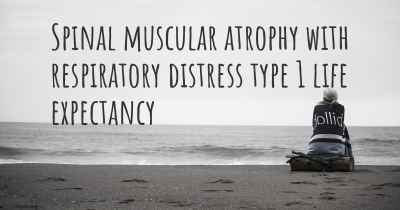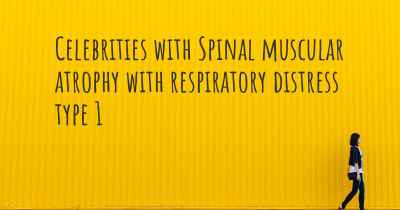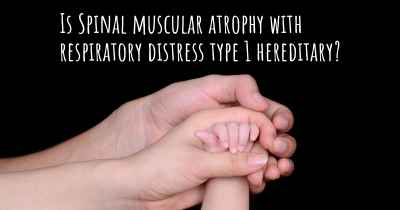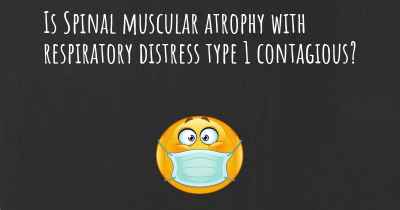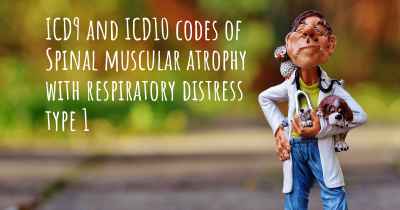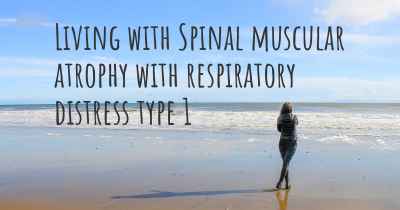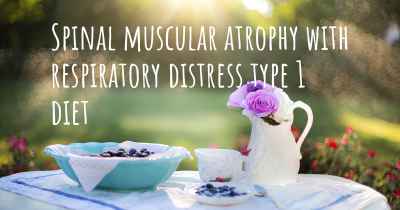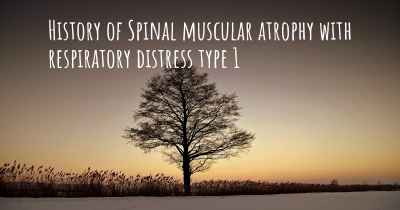Is there any natural treatment for Spinal muscular atrophy with respiratory distress type 1?
Are there natural treatment(s) that may improve the quality of life of people with Spinal muscular atrophy with respiratory distress type 1? Here you can see if there is any natural remedy and/or treatment that can help people with Spinal muscular atrophy with respiratory distress type 1
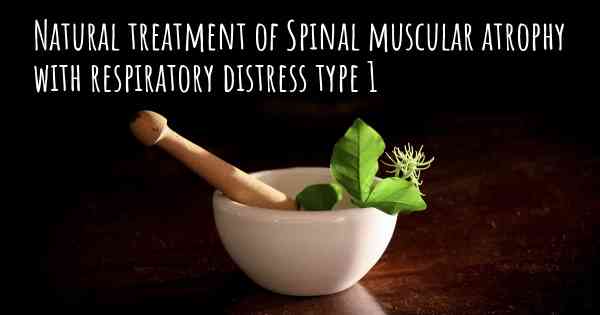
Is there any natural treatment for Spinal Muscular Atrophy with Respiratory Distress Type 1?
Spinal Muscular Atrophy with Respiratory Distress Type 1 (SMARD1) is a rare genetic disorder that affects the muscles involved in breathing and movement. It is caused by mutations in the IGHMBP2 gene, which leads to the degeneration of motor neurons in the spinal cord. Unfortunately, there is currently no known cure for SMARD1, and treatment primarily focuses on managing symptoms and providing supportive care.
Medical Interventions
While there may not be natural treatments for SMARD1, there are medical interventions that can help improve the quality of life for individuals with this condition. These interventions may include:
- Respiratory Support: Since SMARD1 affects the muscles involved in breathing, respiratory support is crucial. This may involve the use of non-invasive ventilation techniques, such as continuous positive airway pressure (CPAP) or bilevel positive airway pressure (BiPAP), to assist with breathing.
- Physical Therapy: Physical therapy can help maintain muscle strength and flexibility, improve mobility, and prevent complications such as contractures. It may involve exercises, stretching, and range-of-motion activities tailored to the individual's needs.
- Occupational Therapy: Occupational therapy focuses on improving daily living skills and promoting independence. It may involve adaptive equipment, assistive devices, and strategies to enhance functional abilities.
- Nutritional Support: Proper nutrition is essential for individuals with SMARD1 to maintain optimal health. A registered dietitian can help develop a balanced diet plan that meets the individual's nutritional needs.
- Pain Management: Some individuals with SMARD1 may experience pain due to muscle weakness or contractures. Pain management techniques, such as medications or physical modalities, can be employed to alleviate discomfort.
Complementary and Alternative Therapies
While there is no natural treatment that can cure SMARD1, some individuals may explore complementary and alternative therapies to complement medical interventions. It is important to note that these therapies should be used in conjunction with medical care and under the guidance of healthcare professionals. Some of these therapies may include:
- Acupuncture: Acupuncture involves the insertion of thin needles into specific points on the body to promote healing and relieve symptoms. It may help manage pain and improve overall well-being.
- Massage Therapy: Massage therapy can help relax muscles, reduce pain, and improve circulation. It may provide temporary relief from muscle stiffness and discomfort.
- Herbal Supplements: Some herbal supplements, such as turmeric or ginger, are known for their anti-inflammatory properties. However, it is crucial to consult with a healthcare professional before starting any herbal supplements, as they may interact with medications or have potential side effects.
- Mind-Body Techniques: Practices like meditation, deep breathing exercises, and yoga may help reduce stress, promote relaxation, and improve overall well-being.
Supportive Care and Research
While natural treatments may not cure SMARD1, it is important to emphasize the significance of supportive care and ongoing research. Supportive care involves providing emotional support, education, and resources to individuals and families affected by SMARD1. It can help improve quality of life and ensure access to appropriate medical interventions.
Additionally, ongoing research and clinical trials are essential in the search for potential treatments and therapies for SMARD1. Scientists and medical professionals are continuously working towards understanding the underlying mechanisms of the disease and developing innovative approaches to manage and potentially cure SMARD1 in the future.
In conclusion, while there is currently no natural treatment that can cure Spinal Muscular Atrophy with Respiratory Distress Type 1 (SMARD1), medical interventions such as respiratory support, physical therapy, and occupational therapy can help manage symptoms and improve quality of life. Complementary and alternative therapies may also be explored under the guidance of healthcare professionals. Supportive care and ongoing research play crucial roles in providing necessary resources and advancing our understanding of SMARD1.
